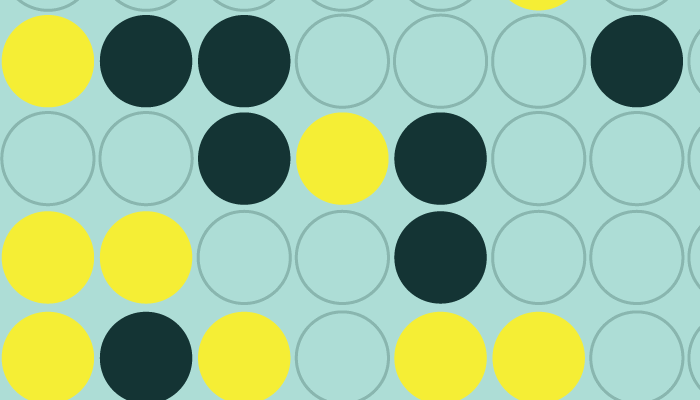
Last month, we wrote that the NIH-funded Marclab for Connectomics at the John A. Moran Eye Center at the University of Utah, had published a paper presenting the first ultrastructural pathoconnectome of early neurodegeneration (1). Though the pathoconnectome has been modeled on early-stage retinitis pigmentosa, its implications go far beyond the eye and could be helpful in developing treatments for conditions including epilepsy, Alzheimer’s, Parkinson’s disease, and amyotrophic lateral sclerosis. Rebecca Pfeiffer, a Postdoc Research Associate at the Moran Eye Center, tells us more about the project and its implications for the field.
How did you get involved in connectomics and can you explain your discipline for those unfamiliar with it?
Connectomics is the study of the connections between cells in a neural system. In our case, we look at the connections of retinal neurons. I got involved in it while doing my graduate work with Robert Marc [founder of the Marclab for Connectomics]. My PhD work was focused on metabolism in retinal degeneration, but I hoped to do a pathoconnectome (a connectome of pathological neural tissue). When I finished my PhD, Bryan Jones [director of the Robert E. Marc Marclab for Connectomics] offered me a postdoctoral position so that we could create a pathoconnectome. I’ve been working in his group for the last three years, focusing on this project.
Why was it based on a model of early-stage retinitis pigmentosa?
We looked at early retinitis pigmentosa (RP) because we want to understand the progression of RP from the initial loss of rod photoreceptors to the complete loss of photoreceptors that occurs later in the disease. RPC1 is the first of the series. Importantly for us, looking at the early stages gives us insight into the effect rod degeneration has on the inner retina before the rods are completely lost. The knowledge that the inner retina begins to rewire as the rods degenerate is important for designing therapeutics capable of interfacing with the degenerating retina.
How does the pathoconnectome help us understand the way neurodegenerative diseases alter neural networks?
The retina is part of the central nervous system. Many processes found in late-stage neurodegeneration in the brain are also seen in neurodegeneration in the inner retina following prolonged photoreceptor degeneration. Also, many rules of synaptic wiring are likely similar between the brain and the retina. Therefore, finding a specific progression of events in downstream neurons triggered by early retinal degeneration may provide treatment targets to stop neurodegeneration in other diseases.
What’s next for the pathoconnectome?
The pathoconnectome has many more networks that need to be evaluated. We are already looking into what happens to the next neurons in the network. And RPC1 is just the first in a series of pathoconnectomes; we have already captured and begun annotation of RPC2, which is based on a more advanced stage of RP.
References
- The Ophthalmologist, “Live Wires” (2020). Available at: https://bit.ly/38LWNiB.
